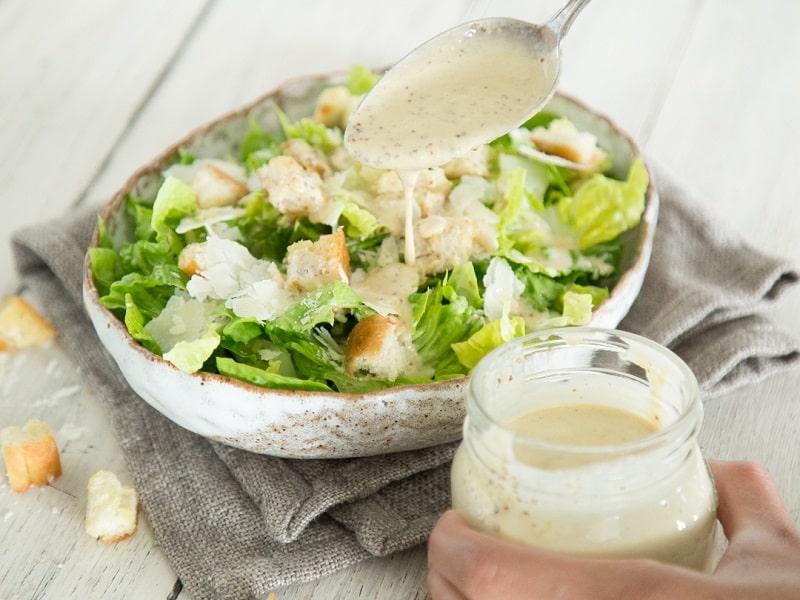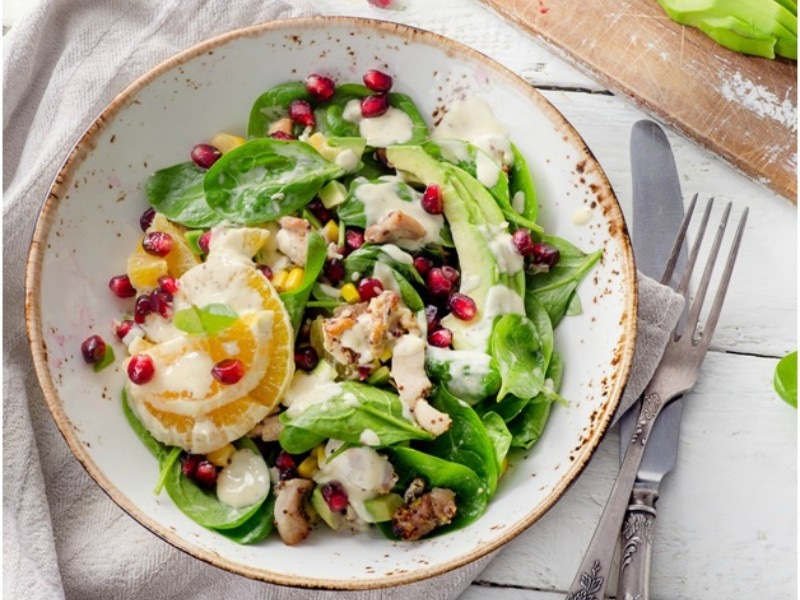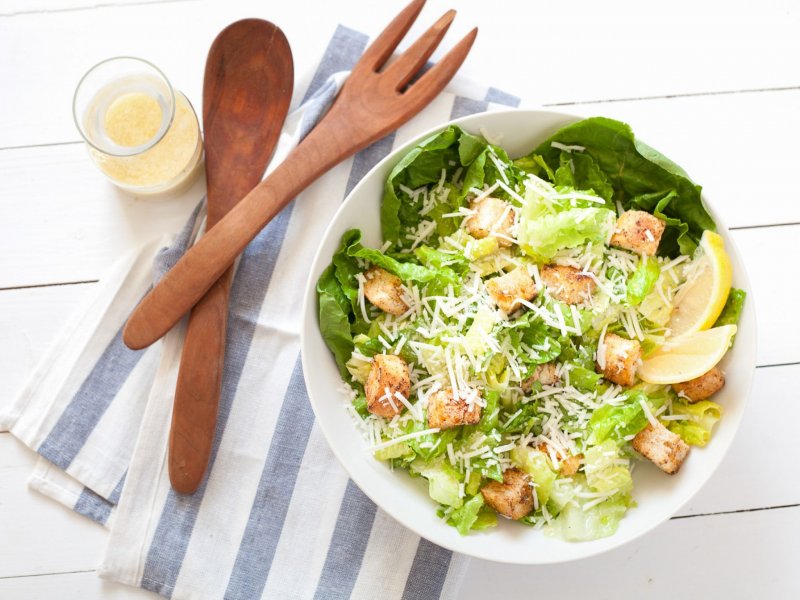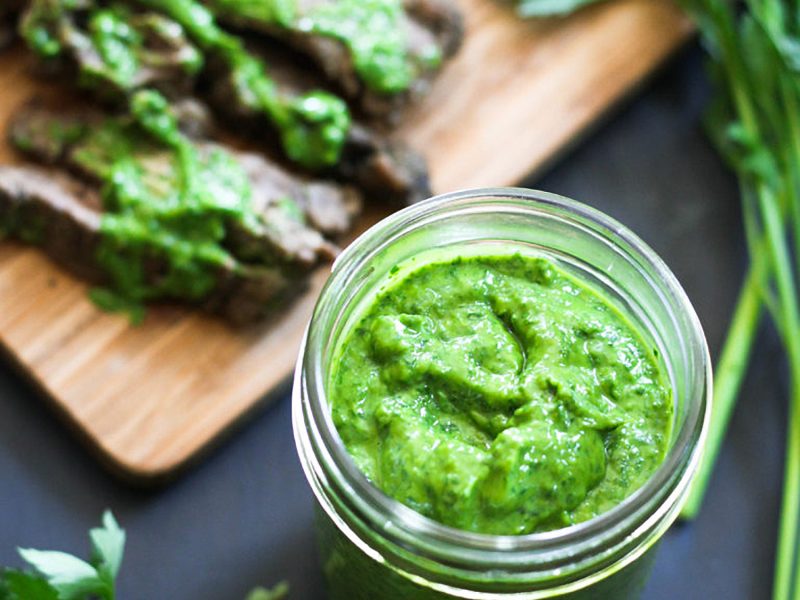A Complete Guide to Salad Dressings: Types, Tips, and Recipes
Introduction:
Salad dressings are an essential component of enhancing the flavors, textures, and overall appeal of salads. From creamy classics to tangy vinaigrettes and beyond, there are numerous types of dressings available to suit every taste bud and salad variation. In this article, we will explore the different categories of salad dressings, their key ingredients, popular uses, and provide a few delicious recipes for you to try at home.
1. Cream-based Dressings:
Cream-based dressings are known for their rich and smooth texture, adding a luxurious element to salads. Here are a few popular types:
a. Ranch Dressing: Made with a base of buttermilk, mayonnaise, and a blend of herbs and spices such as dill, parsley, garlic, and onion powder, ranch dressing is a versatile and widely loved option.
b. Caesar Dressing: Originating from the classic Caesar salad, this dressing typically includes ingredients like anchovies, garlic, olive oil, Parmesan cheese, and egg yolks for added creaminess.
c. Blue Cheese Dressing: This dressing is characterized by the pungent flavor of blue cheese combined with a creamy base of mayonnaise or sour cream, complemented by a hint of vinegar or lemon juice.
2. Vinaigrette Dressings:
Vinaigrettes are lighter dressings typically made by emulsifying oil and vinegar. They are tangy, refreshing, and perfect for dressing mixed greens and delicate salads. Examples include:
a. Balsamic Vinaigrette: This dressing combines the sweetness of balsamic vinegar with olive oil, Dijon mustard, garlic, and other aromatic herbs and spices.
b. Citrus Vinaigrette: These dressings feature the juice from citrus fruits like lemon, lime, or orange mixed with olive oil, honey, Dijon mustard, and seasonings. They add a zesty and bright flavor to salads.

c. Red Wine Vinaigrette: Made by combining red wine vinegar, olive oil, Dijon mustard, garlic, and herbs, this dressing pairs well with heartier salads that include grilled vegetables or meat.
3. Nut and Seed-based Dressings:
Nut and seed-based dressings are becoming increasingly popular due to their rich flavors and nutritional value. Here are a few noteworthy options:
a. Tahini Dressing: Tahini, a paste made from ground sesame seeds, serves as the base for this Middle Eastern-inspired dressing. Combined with lemon juice, garlic, olive oil, and a touch of honey or maple syrup, it delivers a creamy and nutty flavor.
b. Peanut Dressing: A staple in many Asian-inspired salads, peanut dressing combines peanut butter, soy sauce, rice vinegar, honey, and ginger for a nutty and slightly sweet flavor profile.
c. Sesame Dressing: Typically made with toasted sesame oil, rice vinegar, soy sauce, honey, and garlic, this dressing adds an umami-rich taste to salads and is often used in Asian-inspired dishes.
4. Fruit-based Dressings:
Fruit-based dressings offer a unique twist to salads, infusing them with a burst of fruit flavor. Some popular examples include:
a. Raspberry Vinaigrette: Combining fresh or frozen raspberries, vinegar, honey, Dijon mustard, olive oil, and spices, this dressing provides a perfect balance of sweet and tangy flavors.
b. Mango Dressing: Mango dressings spotlight the tropical sweetness of ripe mangoes, combined with ingredients such as lime juice, honey, olive oil, and spices like cayenne or paprika for a touch of heat.
c. Apple Cider Dressing: Made with apple cider vinegar, olive oil, Dijon mustard, honey, and apple cider, this dressing adds a tangy and slightly sweet touch to green salads.
5. Yogurt-based Dressings:
Yogurt-based dressings offer a lighter alternative to cream-based dressings while still providing a creamy texture, balanced with tanginess. Three popular examples include:

a. Greek Yogurt Dressing: Greek yogurt forms the base of this dressing, incorporating herbs like dill, oregano, garlic, lemon juice, and a drizzle of olive oil.
b. Tzatziki Dressing: Originating from Greek and Mediterranean cuisines, Tzatziki dressing features Greek yogurt, cucumber, garlic, lemon juice, and fresh dill, providing a cooling and refreshing flavor perfect for salads or as a dip.
c. Caesar Yogurt Dressing: An alternative to the classic Caesar dressing, this version replaces mayonnaise with Greek yogurt, while still retaining the signature flavors of anchovies, Parmesan cheese, and garlic.
Conclusion:
Salad dressings play a crucial role in enhancing the taste and appeal of salads, offering a wide range of flavors and textures. Whether you prefer creamy classics, tangy vinaigrettes, or innovative combinations like nut-based or fruit-based dressings, there are countless options to suit your preferences. Experimenting with various dressings can elevate your salads from simple side dishes to satisfying and flavorful meals. So, get creative, try out new combinations, and enjoy the delightful world of salad dressings.I. The Importance of Salad Dressings in the Food Industry
In the food industry, salad dressings hold significant importance as they contribute to the overall taste, presentation, and customer satisfaction of salads. Dressings can elevate a simple plate of greens into a flavorful and satisfying dish. Whether at restaurants, cafes, or food delivery services, offering a variety of salad dressings can enhance customer experience and cater to different dietary preferences. Moreover, dressings are an opportunity for businesses to showcase creativity, innovation, and brand identity.
II. Trends in Salad Dressings
1. Health-Conscious Consumers: With growing health awareness, many consumers are seeking healthier alternatives when it comes to salads and dressings. This has led to an increase in demand for dressings made from natural and organic ingredients, with lower fat, sugar, and sodium content.
2. Ethnic and Global Flavors: As consumers become more adventurous in their food choices, there is a rising demand for dressings that incorporate ethnic and global flavors. This includes dressings inspired by cuisines such as Mediterranean, Asian, or Latin American, which add a unique and exotic touch to salads.
3. Plant-Based and Vegan Options: With the rise in plant-based diets and vegan lifestyles, there is a growing demand for dressings that cater to these dietary preferences. Businesses can offer dressings made from plant-based ingredients like avocado, cashews, or coconut milk, ensuring they meet the needs of a diverse customer base.
III. Marketing and Branding Opportunities
1. Flavor Profiles and Pairings: Salad dressings provide an excellent opportunity for businesses to showcase their unique flavor profiles. By offering a range of dressings with different tastes, such as tangy, sweet, spicy, or savory, businesses can attract a wider range of customers and cater to various flavor preferences. Additionally, suggesting pairings of specific dressings with particular salads can further enhance the customer experience.
2. Customization and Personalization: Allowing customers to customize their dressings can create a sense of ownership and satisfaction. By offering a selection of base dressings and optional add-ins or toppings, businesses can provide an interactive and personalized experience. This customization option can be implemented in various dining settings, including salad bars, build-your-own salad menus, or online ordering platforms.

3. Packaging and Presentation: The visual element of salad dressings can significantly impact consumer perception. Packaging dressings in attractive bottles or containers with appealing labels can enhance shelf appeal and increase customer interest. Additionally, businesses can offer dressing sample packs, gift sets, or single-serving options, which can be convenient for on-the-go customers or as promotional items.
IV. Tips for Using and Serving Salad Dressings
1. Portion Control: To avoid overwhelming or drowning the salad, it is essential to practice portion control when serving dressings. Providing pre-measured or portioned dressing packets or offering dressing on the side allows customers to control the amount of dressing they desire.
2. Tossed vs. Drizzled: Consider different serving methods depending on the salad type. Tossing the salad with the dressing ensures even distribution, while drizzling can be a preferable option for delicate leafy greens or presentation-focused salads.
3. Seasonal Variations: Embrace seasonal produce and flavors when creating and serving salad dressings. Offering seasonal specials or limited edition dressings not only adds variety but also taps into the customers’ desire for fresh and seasonal ingredients.
4. Communication and Education: Clearly labeling the ingredients and potential allergens in dressings can help customers make informed choices. Educating customers about the difference between dressings, their flavors, and possible pairings can enhance their dining experience and encourage exploration.
V. Salad Dressing Recipes to Try
1. Creamy Avocado Lime Dressing: Perfect for tacos or Tex-Mex-inspired salads, this dressing combines ripe avocados, lime juice, Greek yogurt, cilantro, and spices for a creamy and zesty delight.
2. Honey Mustard Dressing: A classic dressing that pairs well with a variety of salads, this recipe blends Dijon mustard, honey, apple cider vinegar, olive oil, and a pinch of salt and pepper.
3. Lemon Dill Vinaigrette: Light and refreshing, this dressing combines lemon juice, olive oil, Dijon mustard, fresh dill, minced garlic, and a touch of honey for a burst of citrusy flavor.
4. Spicy Peanut Dressing: Ideal for Asian-inspired salads or grain bowls, this dressing mixes peanut butter, soy sauce, rice vinegar, honey, Sriracha, ginger, and garlic for a bold and nutty flavor.
5. Raspberry Basil Vinaigrette: A vibrant and fruity dressing, this recipe combines fresh raspberries, balsamic vinegar, honey, extra-virgin olive oil, and chopped basil leaves for a sweet and tangy dressing.
6. Sesame Ginger Dressing: A staple in Asian cuisine, this dressing blends sesame oil, ginger, garlic, soy sauce, rice vinegar, honey, and a dash of Sriracha for a bold and flavorful dressing.

Conclusion:
Salad dressings play a critical role in the food industry by enhancing the taste, presentation, and customer experience of salads. From catering to health-conscious consumers with healthier options to exploring innovative flavors and textures, businesses have endless opportunities to showcase their creativity and brand identity through dressings. By understanding the current trends, utilizing effective marketing and branding strategies, and implementing tips for usage and serving, businesses can elevate their salad dressings and provide memorable dining experiences for their customers.









